The Yang Pơtao Apui rain-praying ceremony is considered a typical ritual in the beliefs related to the gods of the Jrai people in the Southeast region of the province. In any worshiping ritual related to the gods, there is a part of the worship, which is the prayers, praises, commitments, and promises of people to the gods. In our opinion, this is a type of contract, a conditional exchange contract between two parties.
All the rituals performed, offerings and gifts given during the ceremony are aimed at the ultimate goal of pleasing the gods so that they will be willing to fulfill the terms that people desire.
In particular, the prayer plays a particularly important role, because it is like a signed proof between the two parties. Although the Jrai prayers are not written, they are read out clearly for both parties to hear and have witnesses who are some assistants and villagers.

The prayer was briefly transcribed by French anthropologist Jacques Dournes according to the story of a local Jrai named H'Buany in 1958, when the land suffered from drought, the villagers had to invite Potao Apui to perform a rain-praying ceremony. This text was printed in the famous work "Pötao - a theory of power of the Jörai in Indochina" which was his doctoral thesis, translated and printed twice in Vietnam.
There are two passages that clearly state this, one of which reads: “Holy Lord of Heaven/Why do clouds rise in the early morning/Dark clouds in the evening/Rain falls/Forcing us to take shelter from the rain/Let the fish come up and the frogs croak/You know my prayer/You have heard my words/Please remember my words.”
We found 3 other documents provided by local researchers and cultural activists with similar content, only differing in some words. Accordingly, the offerings to the gods to pray for rain are 1 pig and 1 jar of rice wine. Notably, in addition to praying for favorable weather and good crops, the shaman also, on behalf of the villagers, asks the gods to grant health, freedom from disease, many healthy children, and love and solidarity among family members and neighbors.
In the rain-praying ritual at Plei Oi, there are notable cultural symbols: the sword, fire, and the dance of the village representative connecting with the gods (formerly the Fire King, now the assistant). The sword appearing in the rain-praying ritual is both a spiritual weapon that helps the Fire King connect with the gods and a symbol of power passed down through generations. So, how do they relate to rain?
According to the observations and conclusions of researchers, swords in many cultures are symbols of two functions, that is, they have both destructive and creative power. In terms of shape, the shape of the sword is considered a symbol of light, lightning and fire: "The sacred sword of the Japanese comes from lightning, the sword of the priest in the Vedas is the lightning of the god Indra. So the sword is also fire" (Dictionary of World Cultural Symbols, Da Nang Publishing House, 2002). In the concept of cultural beliefs, the sword is directly related to water, because water is an element that makes up the sword "the act of me seeking is the marriage of water and fire" (ibid).
We know that lightning and thunder in Vietnamese culture as well as many other East Asian and Southeast Asian countries are associated with rain, their shape is like sparks in the sky. Up to this point, we have a relatively clear and logical picture of the reasonable connection between swords/swords with fire and rain.
Similar to the sword, in the cultures of many Asian nations, fire is also a symbol of two functions: purification and regeneration. According to researchers, in Hinduism, fire has fundamental importance, "most aspects of the fire symbol are summarized in Hindu doctrine", the most important gods in Hinduism are the fire god Agni, the thunder god Indra and the sun god Surya.
In agricultural rituals, purification is very important, because this act shows the respect and purity of people offering to the gods before praying for something. To purify, fire is something used by many shamans. In the rain-praying ceremony at Plei Oi, the head of the rain-praying ceremony is called "Yang Pơtao Apui", which is also considered an incarnation of fire or a person who contributes to creating the fire.
Looking into the rain-praying ritual of Pơtao Apui, we will be able to explain the element of fire through the image and title of the Fire King, why it appears in this ritual. And the meaning of the sword/sword Pơtao Apui uses as well as being considered by the community as the official symbol of power of the Pơtao Apui through the sword-passing ritual from one generation of Fire King to the next.
Along with the prayer is a lively dance performance with slow steps and rhythmic waving of hands. Many believe that this dance symbolizes the eagle carrying prayers to the heavens to deliver to the gods above.
However, referring to the background knowledge explaining the dances performed in the rain-praying ceremonies of many ancient peoples in the world, such as the Pueblo-Zuni-Hopi in the Americas, the Maasai in Africa, the Khmer in Cambodia, these dances are all associated with rain. Specifically, it is the dance of the snake (a symbol of water) or swirling clouds, rising winds, rolling waves, falling rain that depicts the symbols of thunder, lightning, fire and lightning coming from the sword, not the dance symbol of birds.
In particular, when observing some elements preserved in the rain-praying ceremony of Yang Pơtao Apui, such as the name "Pơtao Apui", "Hơ Bia", the custom of abstaining from beef, the custom of cremating the Fire Kings after their death, the similarities in the rain-praying ceremony of the Jrai people in Plei Oi with the rain-praying ceremony of the Cham Balamon people in Binh Thuan, Ninh Thuan ... we can come to the conclusion that there is an influence of cultural and religious exchange between the Jrai and Cham people.
This is also consistent with historical facts and helps us answer the question: In the Southeast region of the province, the Cham people were present many centuries ago, traces of which still exist or are recorded in history books such as Bang Keng tower in Krong Pa district, Yang Mum and Drang Lai towers in Ayun Pa town.
Source: https://baogialai.com.vn/y-nghia-cac-bieu-tuong-trong-le-cau-mua-yang-potao-apui-post327592.html


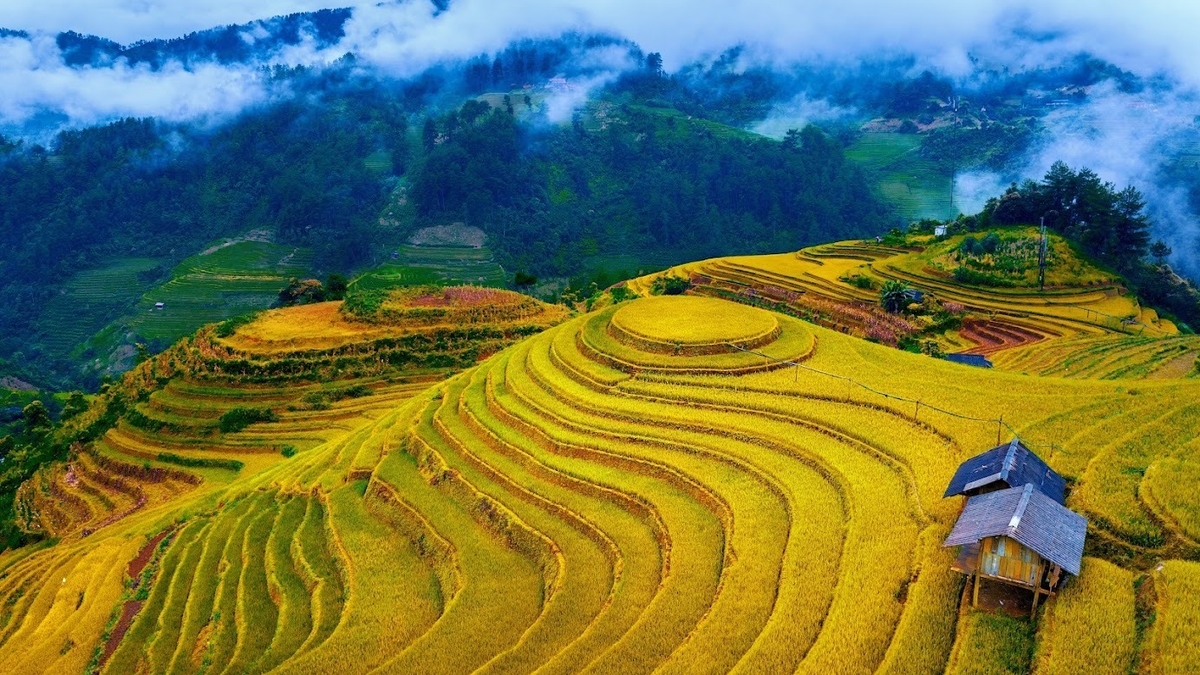
![[Photo] Editor-in-Chief of Nhan Dan Newspaper Le Quoc Minh received the working delegation of Pasaxon Newspaper](https://vphoto.vietnam.vn/thumb/1200x675/vietnam/resource/IMAGE/2025/9/23/da79369d8d2849318c3fe8e792f4ce16)

![[Photo] Prime Minister Pham Minh Chinh chairs the 14th meeting of the Steering Committee on IUU](https://vphoto.vietnam.vn/thumb/1200x675/vietnam/resource/IMAGE/2025/9/23/a5244e94b6dd49b3b52bbb92201c6986)
![[Photo] The 1st Congress of Party Delegates of Central Party Agencies, term 2025-2030, held a preparatory session.](https://vphoto.vietnam.vn/thumb/1200x675/vietnam/resource/IMAGE/2025/9/23/e3a8d2fea79943178d836016d81b4981)
![[Photo] General Secretary To Lam meets voters in Hanoi city](https://vphoto.vietnam.vn/thumb/1200x675/vietnam/resource/IMAGE/2025/9/23/d3d496df306d42528b1efa01c19b9c1f)







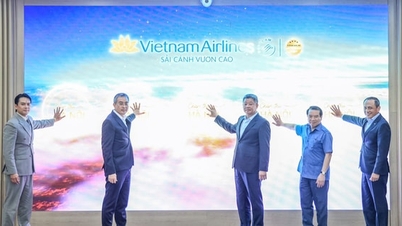

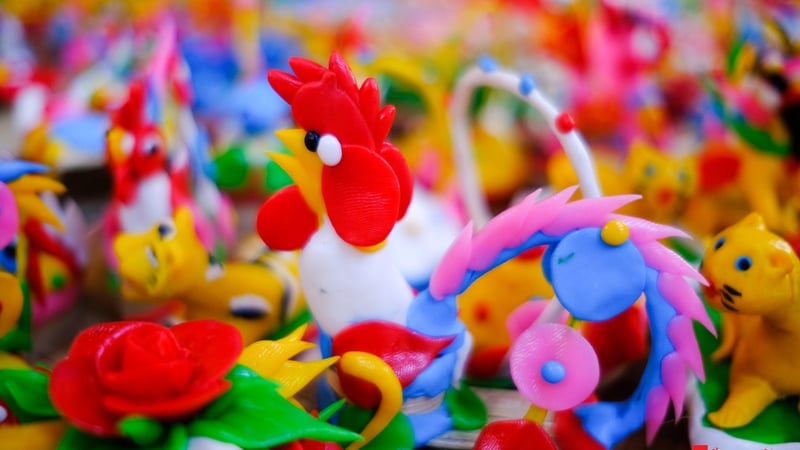
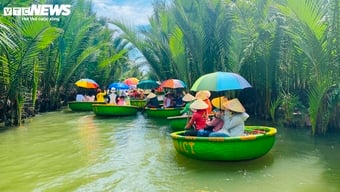




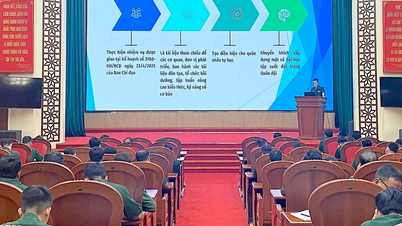
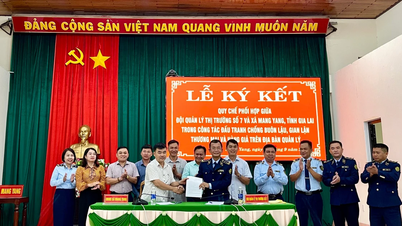
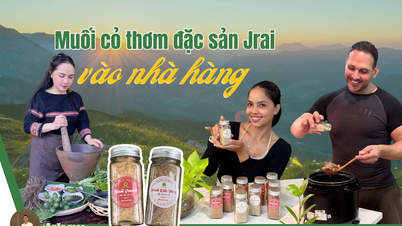
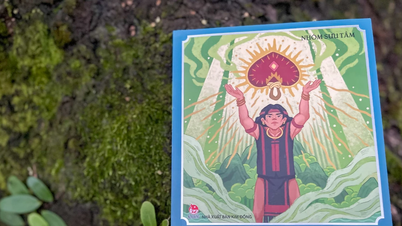






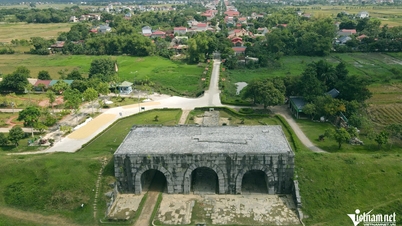





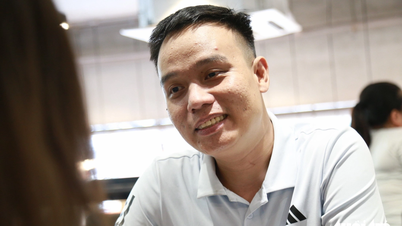

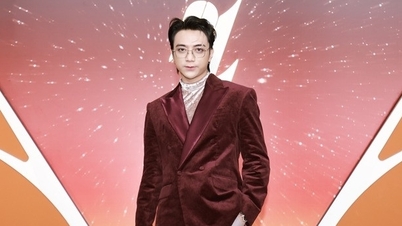
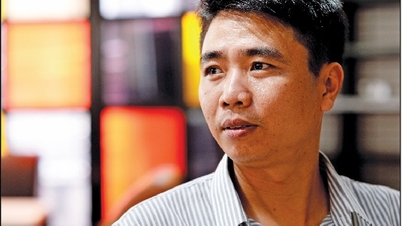


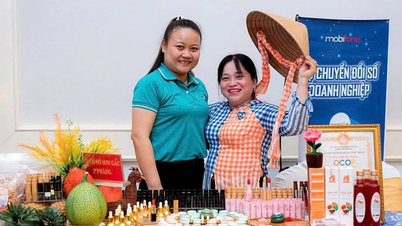

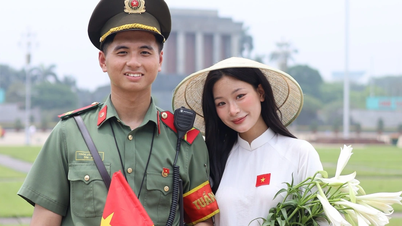



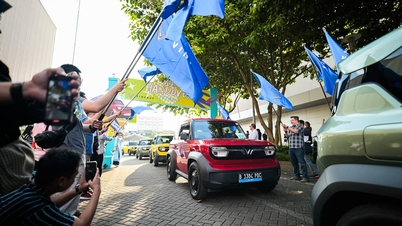




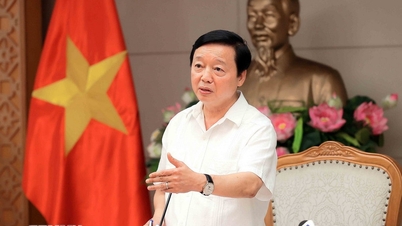
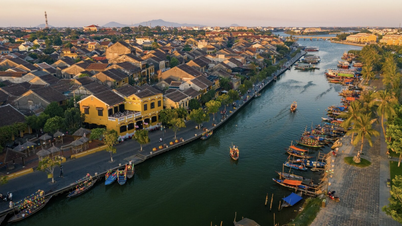





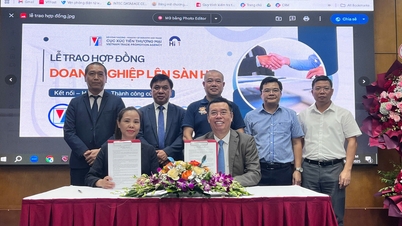


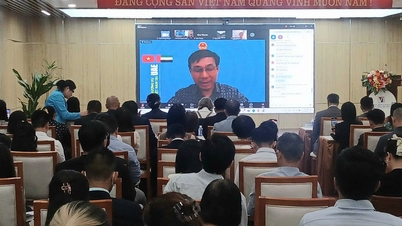













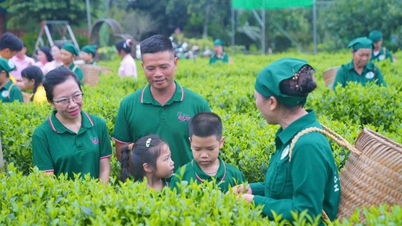



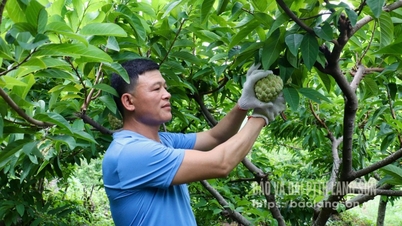

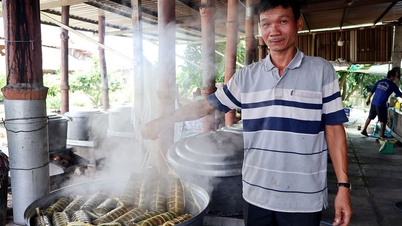




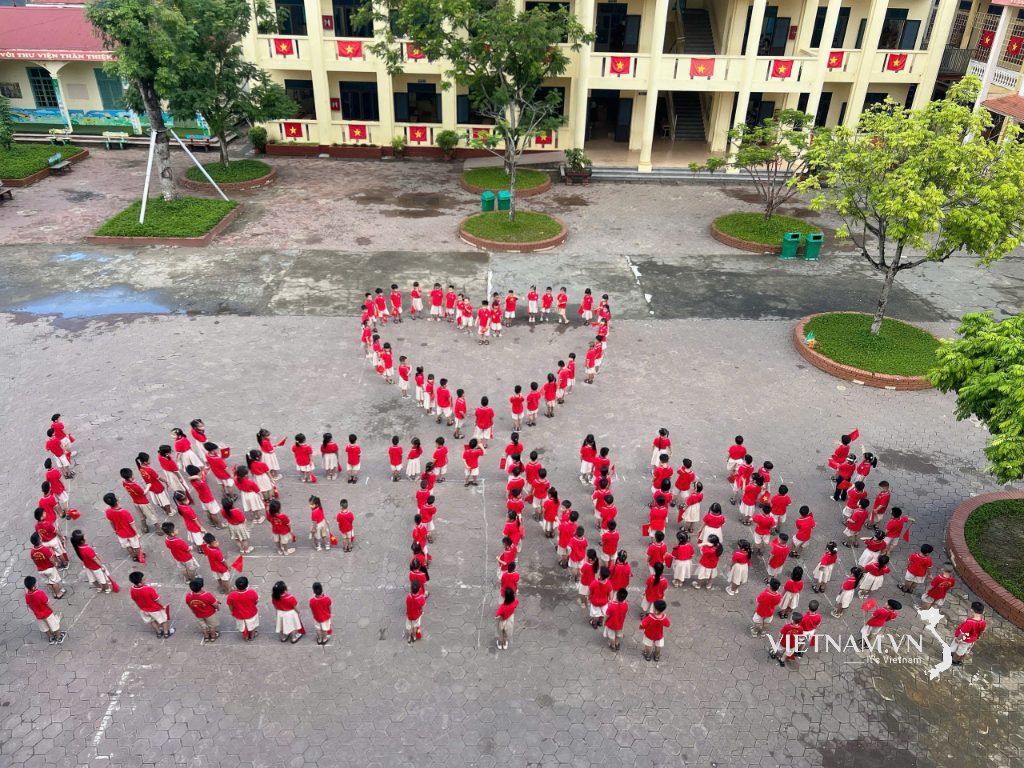



Comment (0)